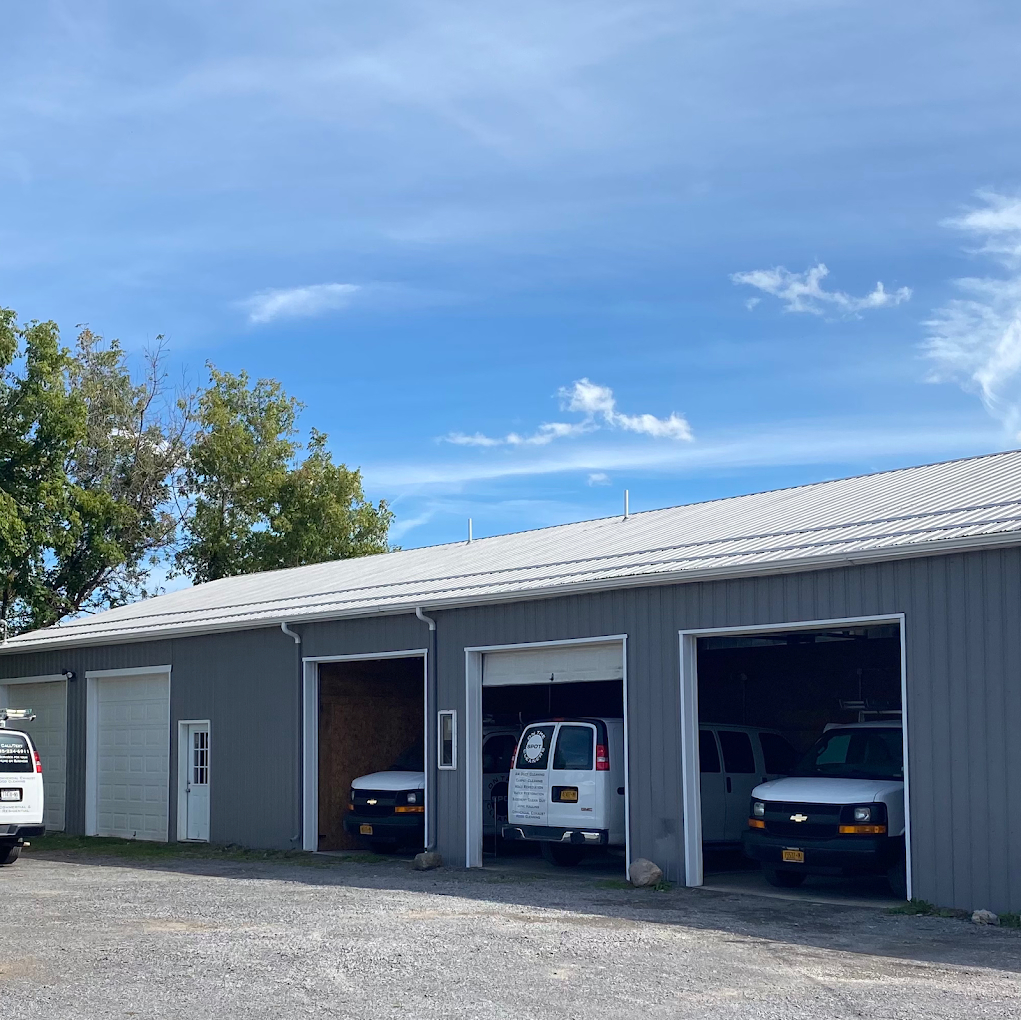When someone says injection mold tooling, they mean the design and making of the mold (or tool) that shapes molten plastic into desired parts. The mold is like a stamp: it defines the shape, size, and details of each plastic piece. Without good tooling, even a great design will fail to produce usable parts.
A plastic injection molding manufacturer depends heavily on high quality injection mold tooling. The better the tooling, the smoother and more efficient the production becomes.
Let’s break it down:
- Design: Deciding how many cavities, runner layout, cooling channels, ejectors
- Material & Machining: Choosing steel or aluminum, precision machining, finishing
- Testing & Tuning: Running trial shots, adjusting for shrinkage, warpage
- Production Use & Maintenance: Running the mold many cycles, repairing, refining
If your tooling is weak or flawed, you will face defects like warpage, sink marks, flash, short shots, or rejects. So understanding injection mold tooling helps you pick the right partner and avoid trouble.
How Does Injection Mold Tooling Work? Step by Step
Here is a simple, clear process of how injection mold tooling is done from start to full operation:
- Concept & Part Design
You or your designers provide the 3D model or drawing of the plastic part. You specify dimensions, tolerances, wall thickness, and how many parts per cycle. - Mold Design
Tooling engineers design the mold. They decide how many cavities (how many parts per shot), the runner and gate layout, cooling lines, and how the parts will eject. Good design is critical to avoid defects - Material Selection for Tooling
Tooling is usually made from hardened steel for high durability or aluminum for lower cost and quicker prototyping. The mold base, inserts, cores, and cavities are manufactured. - Machining & Fabrication
Using CNC machines, EDM (electrical discharge machining), wire EDM, milling, drilling, and grinding, the precise mold parts are created. This is where dimensions and surface finish matter a lot. - Assembly & Initial Testing
The mold is assembled (A-side and B-side). It is mounted to a test injection molding machine and trial parts are made. Adjustments are made — sometimes polishing, modifying gate sizes, tweaking cooling, or correcting alignment. - Injection Mold Tooling Verification
After trial, the parts are measured, inspected, defects are analyzed, and the tooling is fine-tuned for optimal performance. - Production Run
Once the tooling is approved, it is used in actual production by the plastic injection molding manufacturer. The mold is kept under control, you monitor part quality, and the tool is maintained regularly. - Tool Maintenance & Upkeep
Over time, molds wear, surfaces degrade, alignment shifts, or corrosion occurs. Regular cleaning, polishing, repair, or replacement of inserts is needed to keep performance high.
Thus, injection mold tooling is not just a one-time job — it has a life cycle and requires care.
What Are Key Components in Injection Mold Tooling?
To understand how tooling influences quality, here are the main components inside a mold:
- Core & Cavity: Two halves that come together to form the hollow space where plastic flows. One half is the “core,” the other the “cavity.”
- Runners & Gates: Channels that direct molten plastic from the injection point to each cavity, and gates where plastic enters the cavity. Their design affects flow, pressure, and defects.
- Vents: Tiny grooves or vents that allow air to escape as plastic fills the cavity, preventing air traps.
- Surface Treatments / Textures: The mold surfaces may have textures, polishing, coatings to affect final part surface finish.
Each part must be precisely made. A small defect in the tooling can spoil many parts
Why Does Injection Mold Tooling Impact Cost, Quality, and Speed?
Let’s ask why tooling is so crucial:
- Why cost is high upfront: Tooling is expensive because precise machining, steel, sophisticated design, and trial runs all eat time and money.
- Why quality parts depend on tooling: If the mold is misaligned or poorly cooled, parts will warp or be inconsistent.
- Why speed (cycle time) depends on tooling: Better cooling and good design shorten the time each cycle takes.
- Why maintenance matters: If tooling is not maintained, quality drops, downtime increases, cost per part rises.
So tooling is not just “build and forget” — it’s the backbone of a stable, efficient plastic production.
When & Where Is Injection Mold Tooling Used?
When Do You Need Tooling?
- When you want to manufacture many copies of a plastic part
- When parts need precise dimensional accuracy
- When surface finish or texture is important
- When complex shapes (undercuts, threads, thin walls) are required
Tooling is used in the early design phase and carries through the full life of production.
Where (Industries / Applications)?
Injection mold tooling is used across many fields:
- Automotive parts (dashboard sections, clips, housings)
- Consumer electronics (plastic cases, buttons)
- Medical devices (casings, connectors)
- Household goods, toys, packaging
- Industrial tools & parts
Every time a manufacturer (or plastic injection molding manufacturer) needs to produce plastic parts, a proper tooling solution is essential.
How to Choose a Good Injection Mold Tooling Partner (or Manufacturer)
Here are key criteria (questions to ask) when choosing a tooling partner:
- Do they have design & simulation capability?
Good tooling vendors use mold flow simulation, DFM (design for manufacturability), and thermal analysis to plan tooling. - What materials & hardness grades of tooling steel can they handle?
High quality tooling requires hardened steel to last many cycles. - What precision & tolerances can they achieve?
Ask for examples or reference parts. You want consistency in dimensions. - What is their experience with similar parts or industries?
If you are making automotive or medical parts, choose a tooling vendor with that experience. - Do they offer maintenance, repair, and modifications?
Tooling will need service over time. A full-service partner is ideal. - What is their lead time and cost breakdown?
You need transparency: how much is design, machining, testing, polish, trial runs, etc. - What quality systems & certifications do they have?
ISO 9001, quality protocols, inspection equipment can show reliability. - How do they communicate and support you?
You want consistent updates, sample reports, feedback loops. - Do they cooperate well with the plastic injection molding manufacturer?
Integration between tooling vendor and molding producer reduces conflicts and delays. - Where are they located and how will logistics work?
Sometimes a tooling partner in your region helps reduce shipping cost and communication gaps.
By checking these, you increase the chances your tooling leads to success, not problems.
10 Frequently Asked Questions (FAQ) About Injection Mold Tooling
Here are 10 FAQs many people ask when they first hear about injection mold tooling:
- What exactly is “injection mold tooling”?
Injection mold tooling is the complete design and fabrication of the mold (tool) used to shape molten plastic. It includes cavities, cores, cooling, gates, and all the functional features. - How is tooling different from the molding process?
Tooling is the preparation (mold design + fabrication). The actual molding process is injecting molten plastic into that tool to produce parts. - How long does injection mold tooling take?
Depending on complexity, tooling can take anywhere from a few weeks to several months. Simple molds are faster, complex multi-cavity molds take longer. - What is the cost of tooling?
Tooling can cost from a few thousand to tens (or even hundreds) of thousands of dollars depending on design complexity, material, cavities, and precision. - How many parts can one mold make?
A well‑made steel mold can produce tens of thousands to millions of parts. Aluminum molds are for lower volume uses. - Can you modify a mold once it is made?
Yes, but modifications cost extra. Minor changes like gate size, polish, or small inserts are easier. Big changes might require redoing parts of the mold. - What kind of defects come from poor tooling?
Defects include warpage, shrinkage, sink marks, flash, short shots, uneven filling, voids, surface defects, and more. - How important is cooling design?
Very important. Poor cooling leads to hotspots, shrinkage, warpage, and slow cycle times. Good cooling ensures uniform temperature and faster cycles. - What materials are used for molds?
Common tooling materials include P20 steel, H13, S7, stainless steels, and sometimes aluminum for prototypes. - How do I figure out which tooling partner or plastic injection molding manufacturer to choose?
Look at their past projects, ask for reference parts, check their technical capabilities, communication, support for maintenance, and certifications.
Case Example (Hypothetical)
Let’s look at a simple hypothetical example of injection mold tooling:
- You want to produce a plastic cover for a small electronic gadget.
- You provide 3D models and specs (thickness, tolerances, finish).
- The tooling partner designs a 2-cavity mold with appropriate runner layout and cooling channels.
- They build the mold in steel, including polished cavity surfaces.
- In the trial run, there is slight warpage. They adjust cooling, tweak gate sizes, and retest.
- Once you approve, they hand over the mold to the plastic injection molding manufacturer to run full production.
- During long production, the tool wears in places; the tooling partner comes back, polishes, replaces inserts, and restores dimensions.
Because your tooling was well done, defects were minimal, cycle time was optimized, and per-part cost remained stable.
Why “Injection Mold Tooling” Is a Core Service for a Plastic Injection Molding Manufacturer
- A plastic injection molding manufacturer that owns or controls tooling ensures better alignment between mold and production.
- When tooling and molding are done under one roof (or in close partnership), problems reduce — less finger-pointing, faster revisions.
- Tooling quality directly influences the manufacturer’s throughput, cost, scrap rate, and reputation.
- Many defects that seem to come from molding are actually rooted in tooling flaws (improper gating, cooling, misalignment).
- For new product introductions, fast and precise tooling is a competitive advantage.
So, any good plastic injection molding manufacturer invests heavily in tooling capability, design expertise, maintenance, and continuous improvement.
Tips (How & Where) to Optimize Tooling and Collaboration
Here are practical tips to help you get better outcomes from injection mold tooling:
- Involve tooling experts early — during part design stage. They can highlight manufacturability issues before mold building.
- Use simulation tools (mold flow, thermal analysis) to catch potential defects before making the mold.
- Design for uniform wall thickness — avoid thick or thin zones that complicate cooling.
- Plan cooling carefully — balance cooling lines so all areas cool uniformly.
- Provide dimensional tolerance priorities — tell the tooling team which dimensions are critical.
- Set proper inspection & trial criteria — decide in advance what qualifies as success in trial runs.
- Schedule preventive maintenance — clean, polish, check alignment, replace worn inserts regularly.
- Keep spare parts or inserts — so any failure doesn’t stop production.
- Maintain communication — get frequent updates, photos, trial samples early.
- Track tool performance — log cycle times, part quality, maintenance, and wear patterns.
These tips help your tooling succeed, reduce surprises, and improve part quality.
Summary & Takeaways
- Injection mold tooling is the foundational work that allows plastic parts to be made reliably, efficiently, and at scale.
- A plastic injection molding manufacturer depends on strong tooling skills to deliver quality parts.
- Tooling involves design, machining, assembly, testing, use, and maintenance.
- Key elements include core & cavity, runner/gate, cooling, ejection, and alignment features.
- Tool quality directly affects cost, speed, defect rates, and part performance.
- Choosing the right tooling partner or manufacturer is critical: check experience, capabilities, communication, and support.
- Early involvement, simulation, planned cooling, and maintenance are practical ways to optimize tooling success.
When tooling is done well, your plastic parts come out right, production runs smoothly, and you can trust your manufacturer to deliver reliably.








